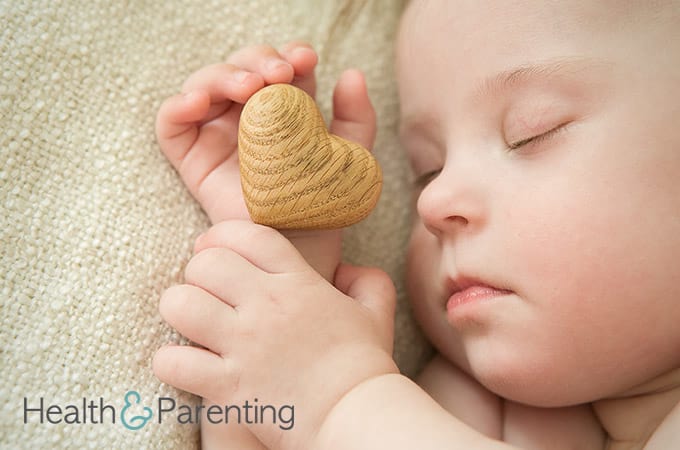It’s safe to say, we’re all a little bit more aware of our impact on the planet these days. From the methane created by farming cows, to the air miles used in the production of our new dress, we spend a lot of time feeling guilty. If you’ve ever worked out your carbon footprint, you’ll be surprised how much it increases once you add children into the mix.
In fact, while you’re running about buying baby baths, onesies and bibs, your unborn child is running up a quite substantial carbon footprint of their own. And they’re not even walking yet. If you’re hoping to raise an environmentally conscious child, you can start now by leading a good example. When choosing items for your baby’s nursery, follow the steps below to create an eco nursery for your baby (and his teeny tiny carbon footprint) to enjoy.
1. Use eco paints – the average paint (even water based) contain volatile organic compounds, chemicals and fungicides. It hardly sounds like something you want to house your baby in, does it? Eco paints are made with natural ingredients. Some eco paints are greener than others, so do some research to find the most sustainable paints before you buy. Eco paints come in a variety of colours, and are just as durable as conventional paint.
2. Furnish with love – when choosing your furniture, look for solid wood. Veneers and laminates are likely to contain a number of harmful chemicals that may be released over time. Reuse and recycle are important core messages of eco living, so consider using second hand furniture in the nursery. Your friends or family may have a chest of drawers you can have, or you might pick up a bargain at your local second hand shop. Second hand furniture can be sanded down and repainted (with eco paint) to make it look as good as new. Wear protective gear when sanding, and be sure any hand-me-down pieces meet today’s safety standards.
3. Go organic – when choosing a mattress for your baby, choose organic. Your baby will spend around 14 hours a day on the mattress, and non-organic ones contain chemicals and toxins that may be harmful for your baby to breathe in. Once you’ve selected an organic mattress, it makes sense to use organic bedding too. You should be able to find organic bedding for around the same price as non-organic bedding, so there’s really no excuse not to buy it.
4. Eco toys – you’ll probably want some toys to fill the nursery, but these don’t have to be the battery powered plastic toys that seem to flood the market. These toys often have a relatively short life cycle, and soon end up in landfill. By choosing wooden eco toys, you can give your baby toys that will last. From organic cuddly animals, to wooden instruments, your baby won’t be missing out by owning eco toys. You can find lots of great baby toys at your local charity or thrift shop too, so keep your eyes open for a great find.
5. Keep it clean – once you’ve spent time and money creating the perfect eco-bubble for your precious bundle, there’s no point coating it in harmful chemicals in the name of cleaning. Track down some organic cleaning products to use in the nursery, not only are these better for the environment but they will protect your child from coming into contact with potentially harmful chemicals.
No one is expecting you to do it all, but that doesn’t mean you can’t make a few eco purchases. Every eco decision, no matter how small, will have a positive impact on your family’s carbon footprint and, ultimately, the planet.
Written by Fiona, proud owner of a toddler, @fiona_peacock
This information is not intended to replace the advice of a trained medical doctor. Health & Parenting Ltd disclaims any liability for the decisions you make based on this information, which is provided to you on a general information basis only and not as a substitute for personalized medical advice. All contents copyright © Health & Parenting Ltd 2017. All rights reserved.










